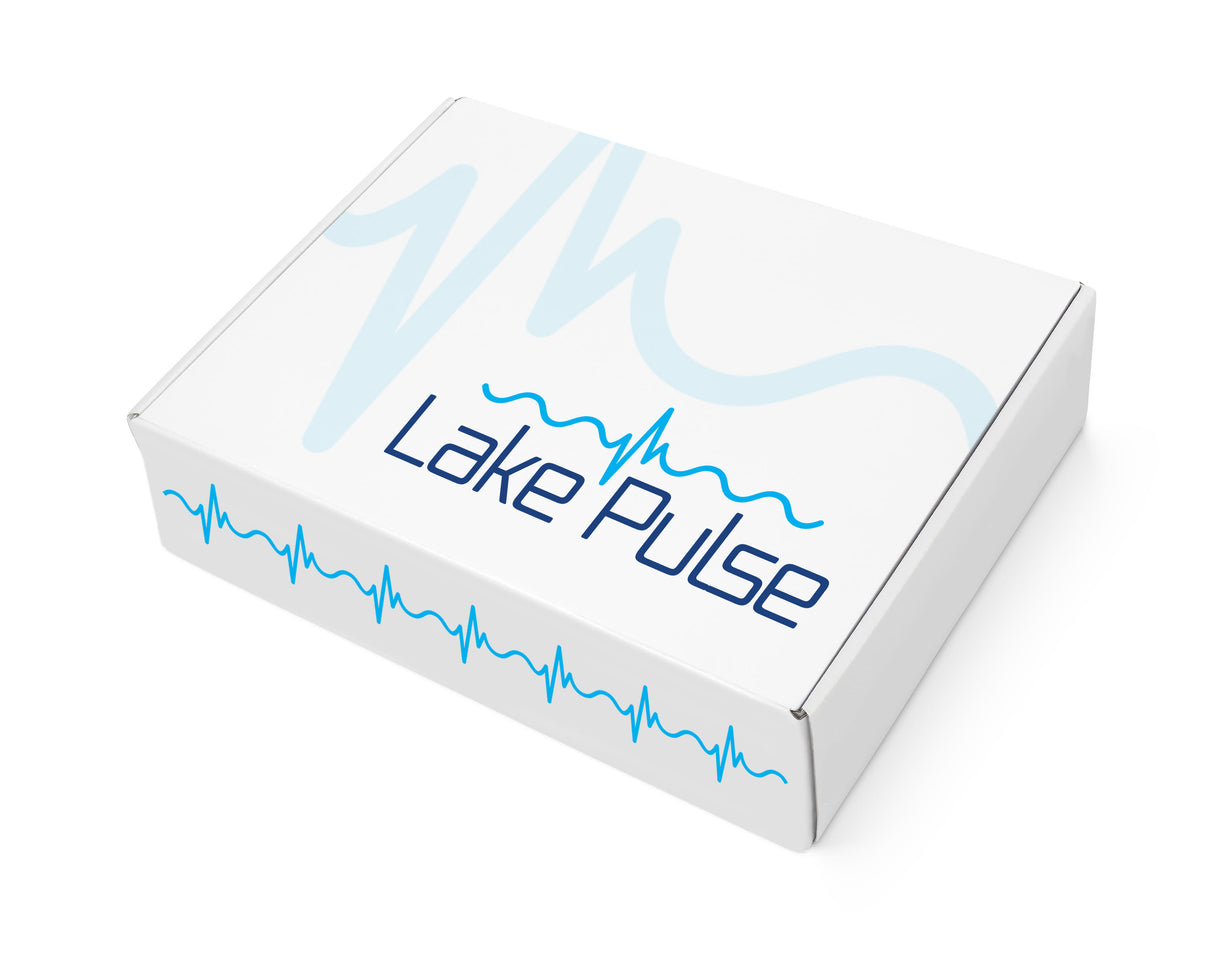You’re seeking a comprehensive overview of microbiological activity in your lake. This analysis tests for 151 of the most commonly detected microorganisms that may signal potential ecological or water quality concerns, including:
1. Diatoms (Silica-shelled algae – ecological indicators)
Analytes: Achnanthidium, Amphora, Asterionella, Aulacoseira, Bacillaria, Caloneis, Cocconeis, Cyclotella, Cymbella, Diatoma, Diploneis, Discostella, Eunotia, Fragilaria, Gomphonema, Gyrosigma, Melosira, Meridion, Navicula, Nitzschia, Pinnularia, Planothidium, Psammodictyon, Stauroneis, Staurosira, Stephanodiscus, Surirella, Synedra, Tabellaria, Tryblionella
- Changes in diatom communities are early warning signals of nutrient loading, acidification, warming, or altered mixing.
- Some species indicate excess phosphorus or nitrogen, pointing to runoff or septic inputs.
- Shifts toward certain taxa can signal declining water clarity, oxygen stress, or habitat degradation.
- Widely used in regulatory assessments and long-term lake trend analysis.
2. Harmful or Nuisance Algae & Phytoplankton
Analytes: Ceratium, Chlorella, Mallomonas, Peridinium, Pseudo-nitzschia, Ulothrix
- Can cause blooms that reduce clarity, create taste and odor issues, or shade aquatic vegetation.
- Some genera (e.g., Pseudo-nitzschia) are associated with toxin production, posing ecological and health risks.
- Blooms often reflect nutrient imbalance, warming temperatures, or altered hydrology.
- Directly affect recreation, fisheries, and drinking water sources.
3. Zooplankton & Microfauna
Analytes: Keratella cochlearis, Testate amoebae (Trachelomonas), Ctenophora hunanensis
- Reflect food-web balance and grazing pressure on algae.
- Sensitive to oxygen depletion and temperature changes.
- Changes can indicate ecosystem stress before visible water quality declines.
- Important for understanding fish habitat and productivity.
4. Pathogenic & Opportunistic Bacteria (Public Health Concerns)
Analytes: E. coli, Enterococcus faecalis, Aeromonas hydrophila, Legionella pneumophila, Klebsiella pneumoniae, Helicobacter pylori, Pseudomonas aeruginosa, Staphylococcus aureus, Streptococcus pneumoniae, Enterobacter spp., Burkholderia cepacia
- Indicate fecal contamination, sewage intrusion, or failing septic systems.
- Pose risks for swimmers, boaters, pets, and drinking-water intakes.
- Some thrive in warm, stagnant, nutrient-rich conditions, increasing risk during heat waves.
- Critical for beach closures, advisories, and liability management.
5. Environmental & Biofilm-Forming Bacteria
Analytes: Gallionella ferruginea, Sphaerotilus natans, Sphingomonas, Brevundimonas, Ralstonia pickettii, Roseomonas
- Often associated with iron, organic loading, or low-oxygen conditions.
- Can clog infrastructure, foul intakes, and degrade pipes, docks, and monitoring equipment.
- Signal changing redox conditions and internal nutrient cycling.
- Affect infrastructure longevity and maintenance costs.
6. Protozoa & Intestinal Parasites
Analytes: Entamoeba histolytica, Blastocystis hominis, Dientamoeba fragilis
- Strong indicators of human or animal waste contamination.
- Pose direct public-health risks, especially for children and immunocompromised individuals.
- Suggest failures in wastewater treatment or stormwater management.
- Often overlooked but critical for drinking-water safety.
7. Fungi, Yeasts & Molds (Environmental & Health Indicators)
Analytes: Aspergillus spp., Candida spp., Cryptococcus, Fusarium, Penicillium, Cladosporium, Stachybotrys, Trichoderma, Mucor, Rhodotorula, Sporothrix
- Thrive in nutrient-rich, decaying organic matter.
- Some are opportunistic pathogens affecting skin, lungs,
- wounds.
- Can signal excess organic pollution or shoreline degradation.
Relevant for indoor–outdoor air quality near lakes and occupational exposure.
8. Dermatophytes & Skin-Associated Fungi
Analytes: Microsporum spp., Trichophyton spp., Trichosporon beigelii
- Associated with skin, hair, and nail infections.
- Risk increases with frequent water contact and warm conditions.
- Relevant for public beaches, camps, and swimming areas.
- Important for recreation safety and public messaging.
9. Particulates & Airborne Inputs
Analytes: Particle Count, Pollen Spores
- Affect water clarity and light penetration, impacting aquatic plants.
- Pollen contributes to organic nutrient loading in spring.
- Fine particles can carry attached bacteria or metals.
- Useful indicators of seasonal stress and watershed-lake connections.
10. Aggregate Indicators
Items 1–9 above (the long organism list) are specific identifications — they tell you exactly which organisms are present.
This test will also report to you how much biological activity is present in your lake overall, without naming individual organisms.
- Total Bacteria
Measures the overall bacterial load in the water. High levels can indicate organic pollution, warming water, or degraded ecosystem conditions that may stress aquatic life or increase health risks. - Total Coliform
A group of indicator bacteria used to assess sanitary water quality. Their presence suggests possible contamination from runoff, septic systems, or wastewater, and signals the need for further testing (e.g., E. coli). - Total Fungi
Captures the abundance of fungal organisms in the water. Elevated levels can indicate decaying organic matter, poor circulation, or nutrient imbalance, and some fungi may pose risks to immunocompromised individuals or aquatic organisms. - Total HPC (Heterotrophic Plate Count)
Estimates the population of bacteria that feed on organic carbon. Useful for tracking overall biological activity, biofilm formation, and changes in water quality, especially in response to nutrient loading or temperature shifts.
In short: these tests provide early-warning indicators of biological stress, contamination, and changing lake conditions before more serious problems emerge.
Why This Matters for Lake Health & Safety
Together, these organisms form a biological dashboard of lake condition. Tracking them helps communities:
- Detect pollution early
- Protect swimmers and drinking water
- Understand ecosystem change
- Prioritize interventions before problems escalate
This is exactly why biological monitoring is foundational to proactive lake management, not just reactive testing.




